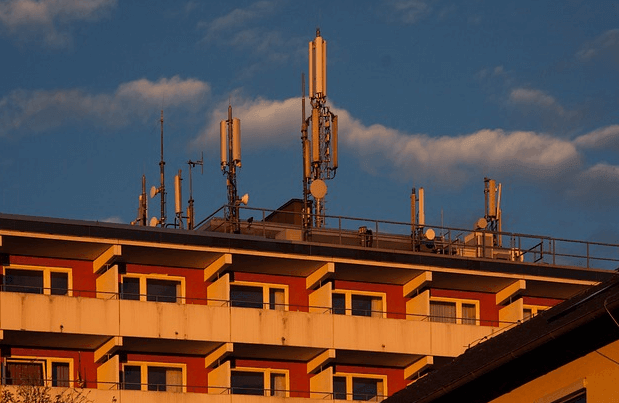Finnish telecom gear maker Nokia debuted as the number-two optical equipment manufacturer, behind leader Huawei in the worldwide optical network equipment market, which surged 13% year-over-year in the first quarter of 2016, driven by accelerating 100G investment in long haul and metro applications, according to IHS Technology.

The first quarter of 2016 marked Nokia’s re-entry into the optical equipment market, this time anchored by the former Alcatel-Lucent’s optical network business, the research firm said. The firm said that the spending however declined 12% sequentially in the first quarter of 2016, reflecting a typical seasonal adjustment for the industry.
The market notched a Long haul wavelength-division multiplexing (WDM) spending was strong in Q1 2016, growing 23% year-over-year.
"The 100G long haul market continues to be robust, with projects in China and North America underway and delivering significant revenue. Several vendors have noted that they see no letup in 100G long haul demand," said Heidi Adams, senior research director, transport networks, IHS Technology.
Metro WDM saw solid gains in Q1 2016 as well, with an increase of 15% over the year-ago quarter (Q1 2015). Data center expansion, public and private cloud adoption, preparation for broader introduction of 4K video and emerging virtual reality (VR) applications are expected to continue to drive the growth of bandwidth in the metro, the firm said.
Synchronous Optical Networking (SONET) and Synchronous Digital Hierarchy (SDH) spending continues to decline, representing just 11% of the total optical equipment market in Q1 2016.
According to the study, Asia Pacific remained the largest consumer of optical hardware in Q1 2016, representing close to 40% of overall market spend.
It added that Optical equipment spending in Europe, Middle East, Africa (EMEA) remained cautious in Q1 2016—declining 19% sequentially, but up 2% from the year-ago quarter (Q1 2015)—setting the stage for additional growth in 2016.















